The southwestern Russian city of Saratov has proclaimed the two leading designs in the Open International Competition for the Best Architectural and Urban Planning Concepts for the Integrated Development of Saratov’s City Centre, a call for plans that creatively recreate the central part of the city. The Russian Citymakers-led crew and the Dutch Karres en Brands-led team united for first place, and both will move on to the accomplishment stage for select elements of their leading designs. Both ideas highlight an abundance of green space, a presentation of local culture, and the addition of diverse, eco-friendly recreational possibilities.
Started July of last year, the three-phase Saratov plan contest asked participants to redesign the city center. This 688-hectare area comprises the areas of the abandoned airport Saratov-Central, Green Island (Ostrov Zeleny), Victory Park (Park Pobedy), Glebuchev Ravine (Glebuchev Ovrag), and Pokrovskie Peski Island.
International specialists, including the likes of West 8 co-founder Adriaan Geuze and leader of the Union of Architects of Russia Nikolay Shumakov, assessed projects on the Principles of Spatial Development, a set of suggestions that improve livability with ideas such as decreasing car dependency with pedestrian-friendly places and site-specific peculiarities that emphasize regional culture.
The two leading finalists were chosen via an online poll that accumulated over 10 thousand votes from the citizens of Saratov city and the Saratov region. The Citymakers-led crew, which comprises Arteza, Megabudka, the Biology department of Saratov State University, and the Transportation Design Studio, will manage the recreation of Ostrov Zeleny, the Park Pobedy, and Pokrovskie Peski Island into a set of nature-focused city parks.
The second leading team, headed by Karres en Brands that combines Mandaworks design studio and Kosmos designers, will recreate the former city airport into a new urban core and the Glebuchev Ovrag a public place for leisurely recreation.
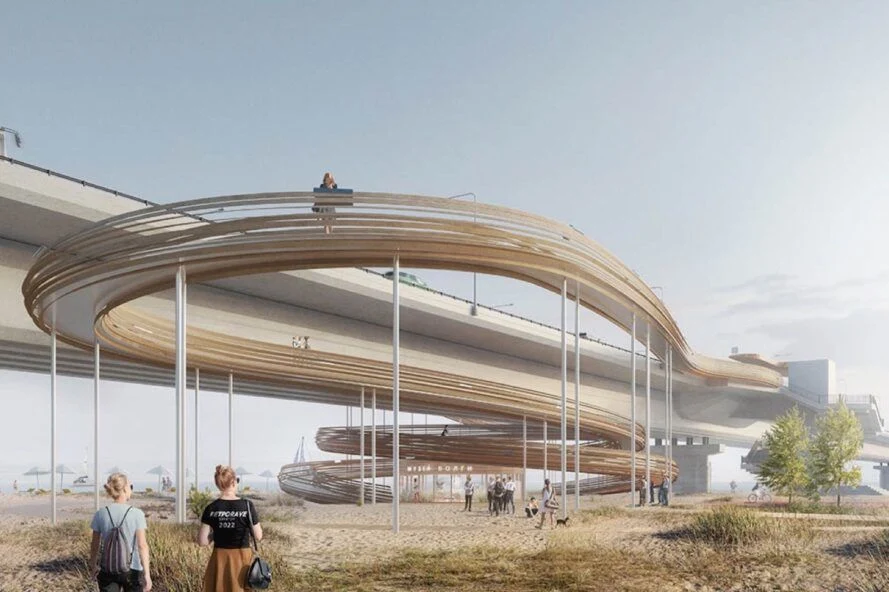


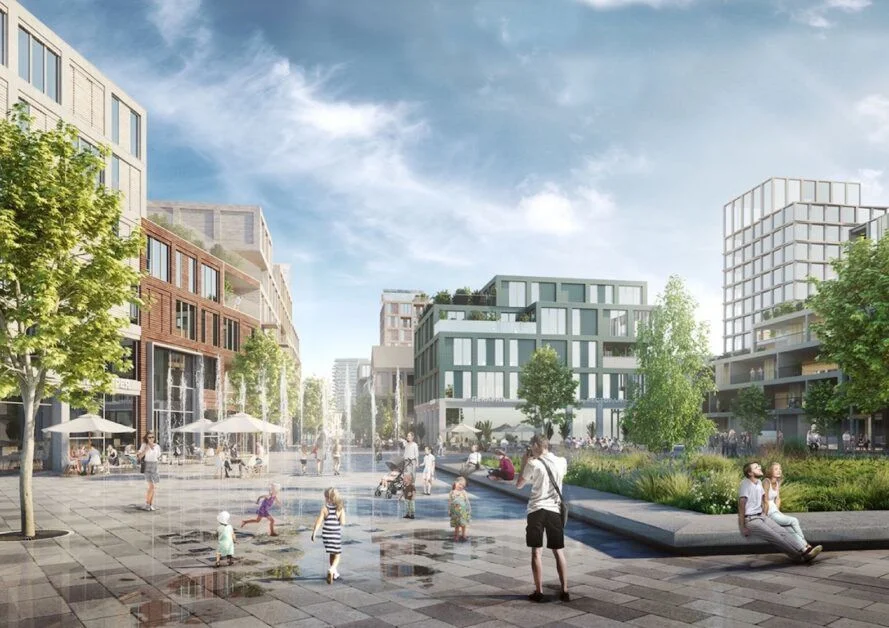

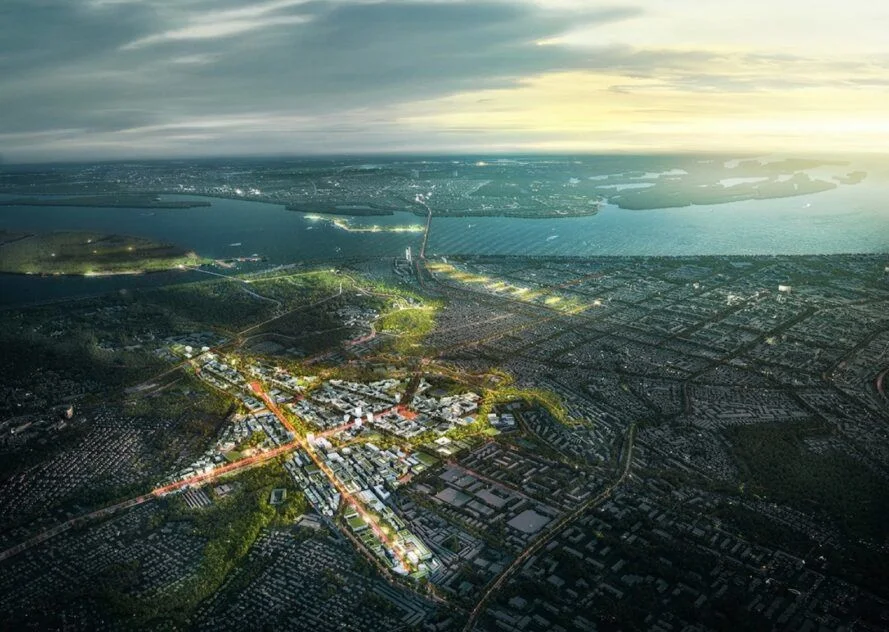
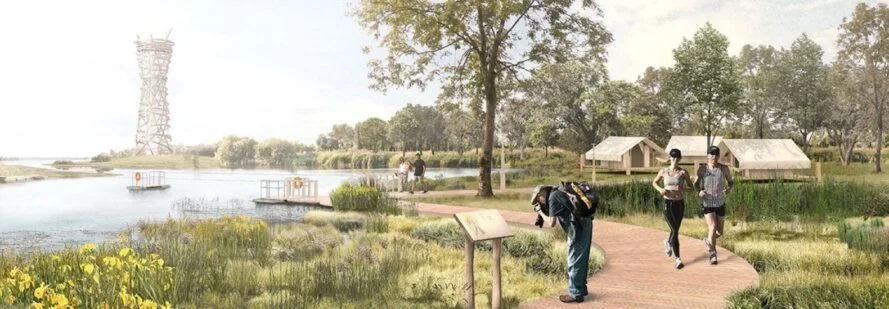
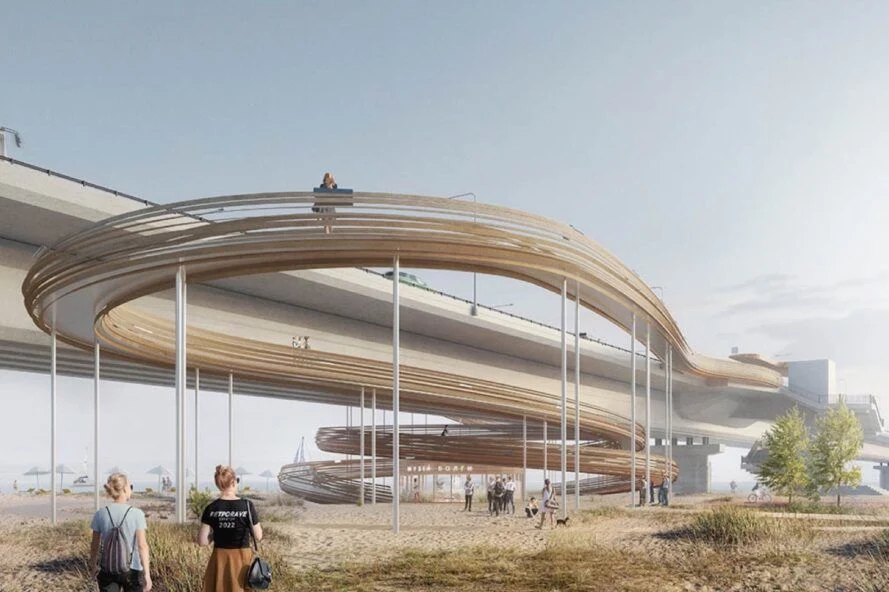
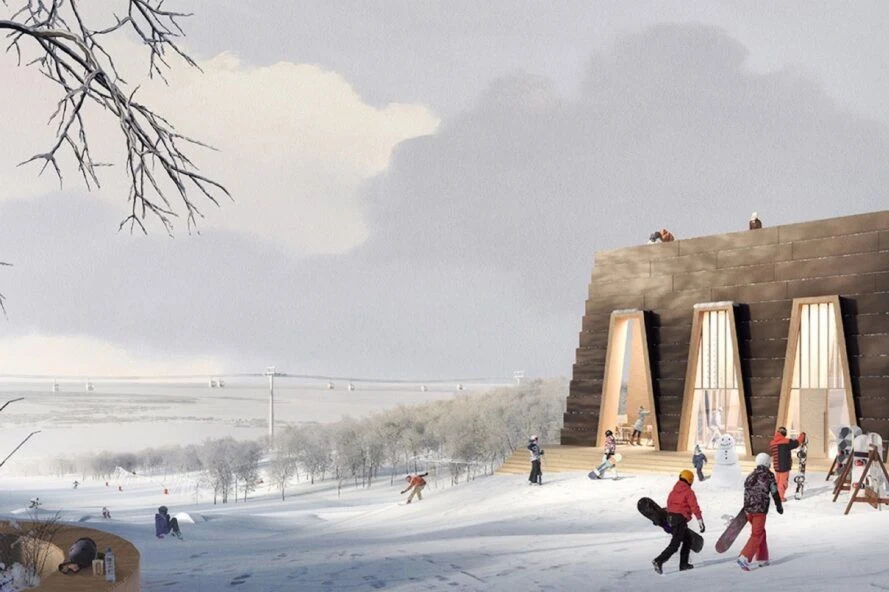
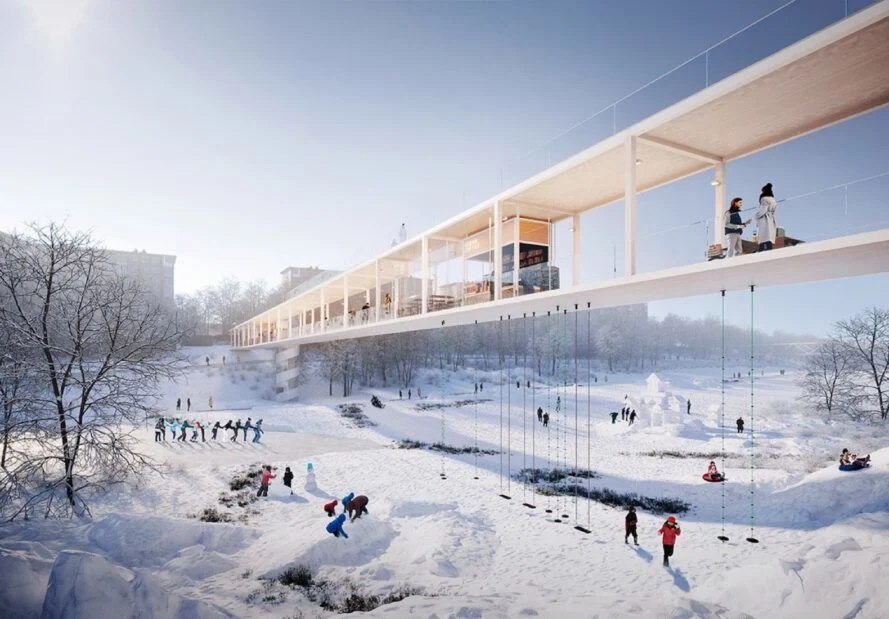
This post may contain affiliate links. As an Amazon Associate, I earn from qualifying purchases.
Comments
Post a Comment